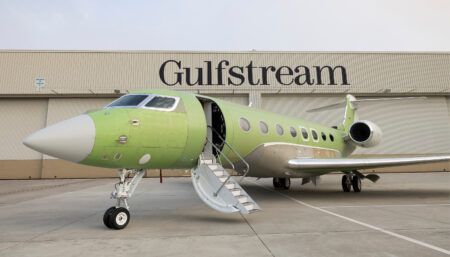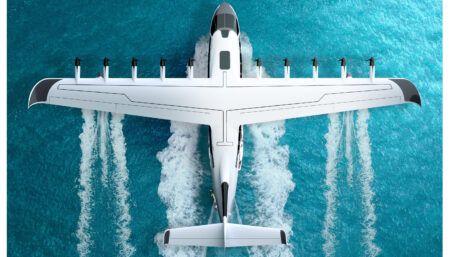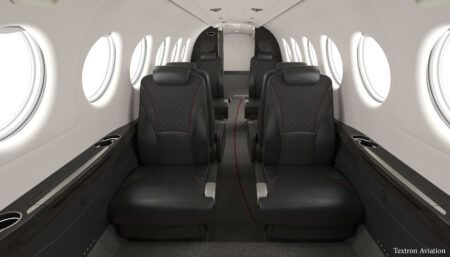Aerion and Lockheed Martin have signed a memorandum of understanding (MOU) to “explore the feasibility of a joint development” for the Aerion AS2 supersonic business jet. The companies plan to create a framework over the next year, covering every phase, from engineering to certification and production.
“This relationship is absolutely key to creating a supersonic renaissance,” said Robert M Bass, chairman at Aerion. “When it comes to supersonic know-how, Lockheed Martin’s capabilities are well known, and, in fact, legendary. We share with Lockheed Martin a commitment to the long-term development of efficient civil supersonic aircraft.”
Lockheed Martin has developed supersonic combat aircraft and a Mach 3+ reconnaissance aircraft. The MOU follows discussions between Aerion and the Skunk Works Advanced Development Programs team at Lockheed Martin.
“We are excited to work with Aerion on their development of the next-generation, efficient supersonic jet that will potentially serve as a platform for pioneering future supersonic aircraft,” said Orlando Carvalho, executive vice president at Lockheed Martin Aeronautics.
“Following our initial review of Aerion’s aerodynamic technology, our conclusion is that the Aerion AS2 concept warrants the further investment of our time and resources. We are committed to remaining on the cutting edge of aerospace technology and are excited to examine the contribution we might make to working with Aerion on making aviation history.”
An engineering collaboration with Airbus saw Aerion make progress on the aerodynamics and structural design over the last two and a half years. “We are grateful for Airbus’s contribution to the program,” said Brian Barents, executive chairman at Aerion. “We could not have moved the program to this stage without their support.”
An agreement with GE Aviation for the engine was announced in May 2017. Fractional operator Flexjet placed an order for 20 of the aircraft in November 2015. Aerion is targeting 2023 for the first flight and 2025 for certification.
The aircraft will accommodate 12 passengers, and is expected to achieve Mach 1.4 over water and nearly Mach 1.2 without a sonic boom on the ground, where permitted.
Images: Aerion Corporation
December 20, 2017




